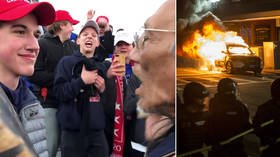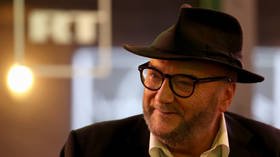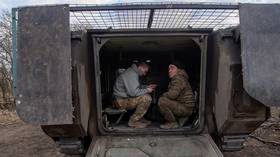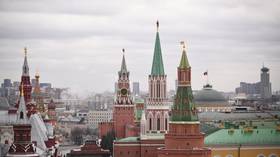The New York Times has finally woken up to the fact that Seattle’s CHOP was a complete disaster – a month after it was disbanded
Following an investigative report the paper of record has revealed that business owners who were stuck in the Capitol Hill Organised Protest ‘aren’t so sure about abolishing the police’. No sh*t Sherlock.
The New York Times has done something distinctly out of character and actually produced some decent journalism. Taking a break from getting editors sacked for allowing Republican senators to write op-eds and forcing out the few remaining sane people on their staff for not quaffing the identity politics Cool-Aid enthusiastically enough, they dispatched a reporter to Seattle to pick through the remnants of the CHOP, a month after it closed.
The Capital Hill Organised Protest, formally CHAZ (Capitol Hill Autonomous Zone), was the area of the city that, for 23 glorious days, declared independence from the United States. A bunch of Black Lives Matter and Antifa radicals hoofed out the police and decided to try and run the area as some sort of Marxist utopia. What they actually established was a gang run hellhole that made the Wild West look like Switzerland.
It wasn’t described as such at the time of course. Seattle’s mayor said the city was in for a “summer of love” and most of the left-wing press would have had you believe that it was pretty much a hippy commune full of free vegan food and urban collective farms.
The land of soy milk and honey was disbanded on July 1 and was duly eulogised by the usual suspects as basically an extended block party. A month on, the NY Times finally got around to sending a reporter to speak to the people who lived and worked in the area before the protestors moved in and produced an admittedly excellent piece of reportage on the situation. It was headlined, ”Abolish the Police? Those Who Survived the Chaos in Seattle Aren’t So Sure.” The piece, as journalist Michael Tracey observed on Twitter, would have been dismissed as right-wing propaganda just a month ago and shows that this little experiment in anarcho-communism was a million miles away from paradise.
A month and a half ago, an article like this would've been widely dismissed and denounced as right-wing propaganda
— Michael Tracey (@mtracey) August 7, 2020
To say they “aren’t sure” has to be the understatement of the year. The picture painted by the residents is one of gangs of armed thugs running protection rackets and widespread vandalism. The first person mentioned in the piece, a gay man of Middle Eastern extraction named Faizel Khan, reveals that to get to the coffee shop he runs he had to get permission from “gun wielding white men” who at one point barricaded him and all his customers in the store.
Mr Khan’s experiences during these three and a bit weeks of lawlessness were so horrendous that he and a host of other small business owners, described as “lonely voices in progressive areas,” are suing Seattle after the local police force refused to respond to their calls for the duration of the CHOP. And as the litany of horrors they were subjected to is laid bare in the NY Times article, it is not hard to see why.
Another character we meet in this saga is Rick Hearns. In his pre-CHOP days, Mr Hearns was a security guard for many years, but after the police vacated the area (their precinct was taken over by protesters and then promptly set on fire) he became part of the “Black Lives Matter Community Patrol”. This patrol had locals “pay for their protection.” Now what other organisation does that remind you of? If you can’t think of it, may I suggest you watch virtually any Martin Scorsese movie and I think you’ll get the picture.
It doesn’t sound like they were particularly good at ensuring community cohesion either, considering six people were shot under their jurisdiction and two of them died. Interestingly, since they were replacing the “institutionally racist” police force, (run by a black woman incidentally but why let facts spoil it) one of the victims was a black teenager.
Observers also noted that rather than being a multi-racial melting pot of equality, the CHOP turned into a “white occupation” as the numbers of Antifa activists began to outnumber the BLM protesters. They also established “black only segregated areas” within the CHOP, making it frightening similar to the Confederacy, which also, coincidentally, seceded from the union. Oh, and they had a Warlord, Raz from CHAZ, too, just as an icing on the cake.
Quite why these so-called activists felt the need to see how anarchy turns out in a world where Somaila exists is beyond me, and frankly any sane person who is even vaguely aware of history. I’m sure if they’d managed to get hold of the port it wouldn’t have been long before they decided to give piracy on the high seas a try, but alas they didn’t have the time.
This just makes the tone of the NY Times piece all the more baffling. While it does chart the horrors of the zone well, framing the notion of “abolishing the police” as anything other than irredeemably stupid is frankly ridiculous. I suppose they do deserve praise for finally telling the story, but in no way does it make up for the way they have fomented and given succour to the absurd and dangerous ideas that gave rise to the CHOP for so long.
Think your friends would be interested? Share this story!
The statements, views and opinions expressed in this column are solely those of the author and do not necessarily represent those of RT.

















